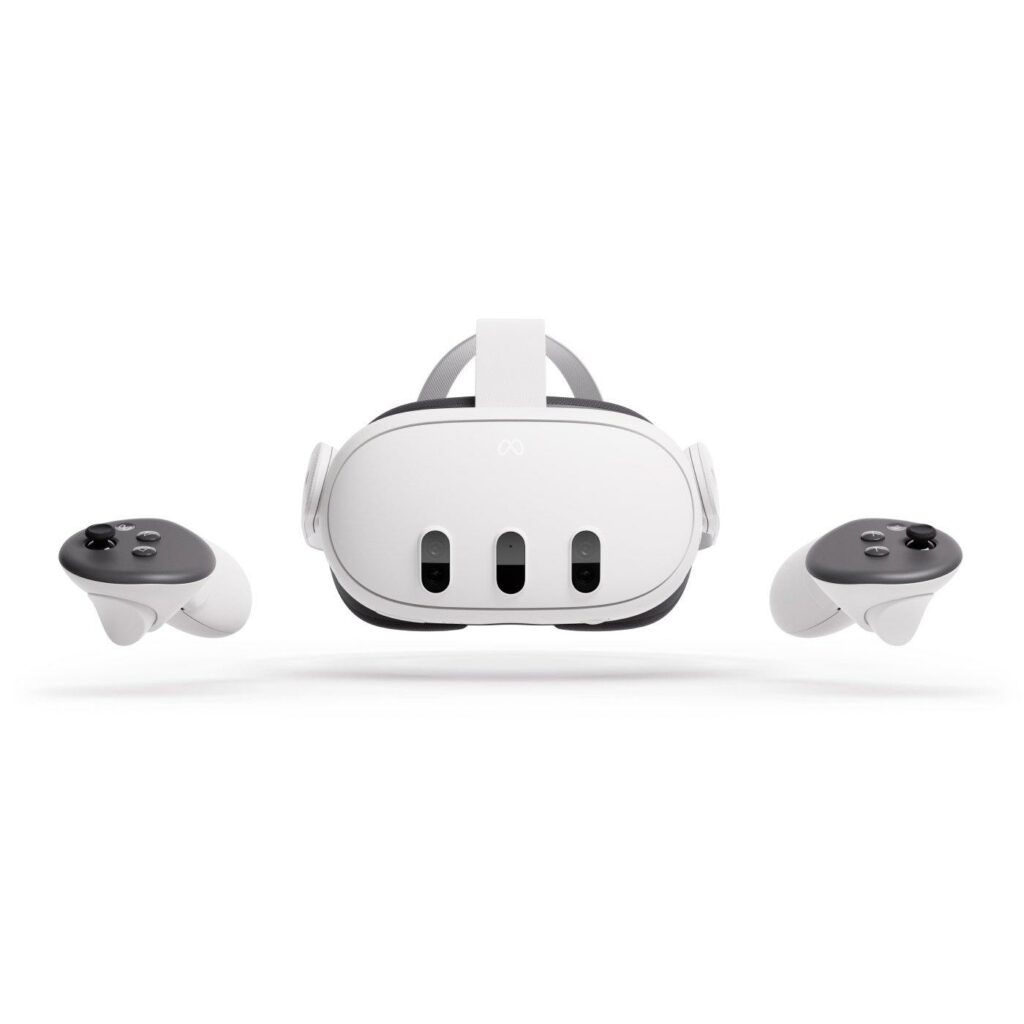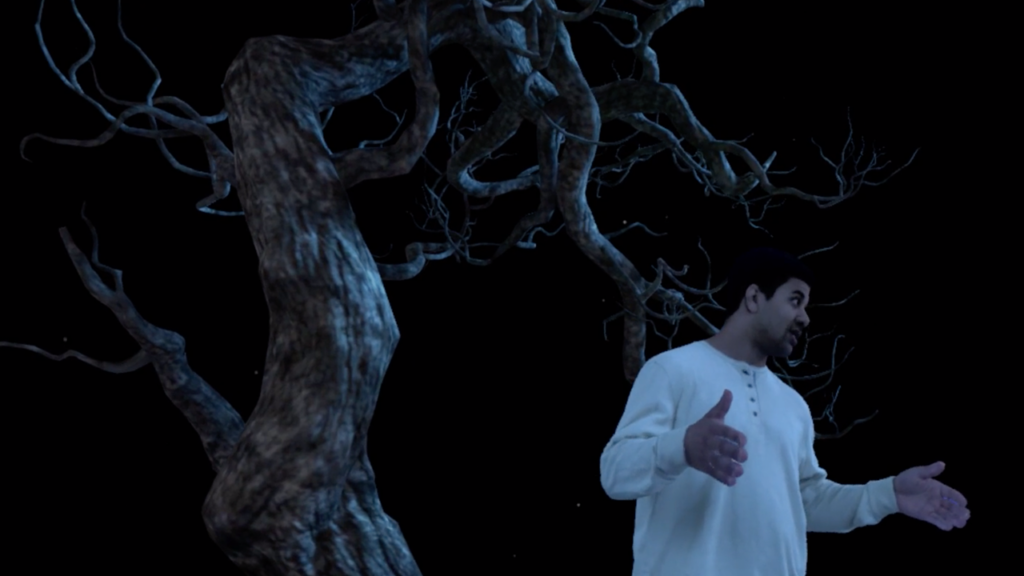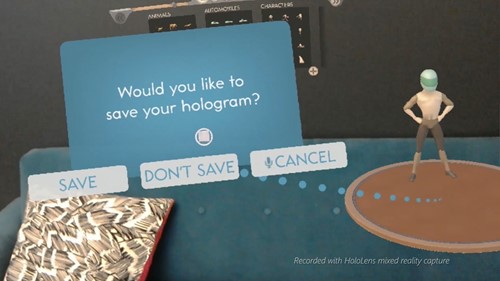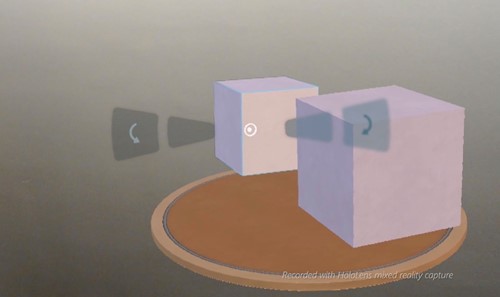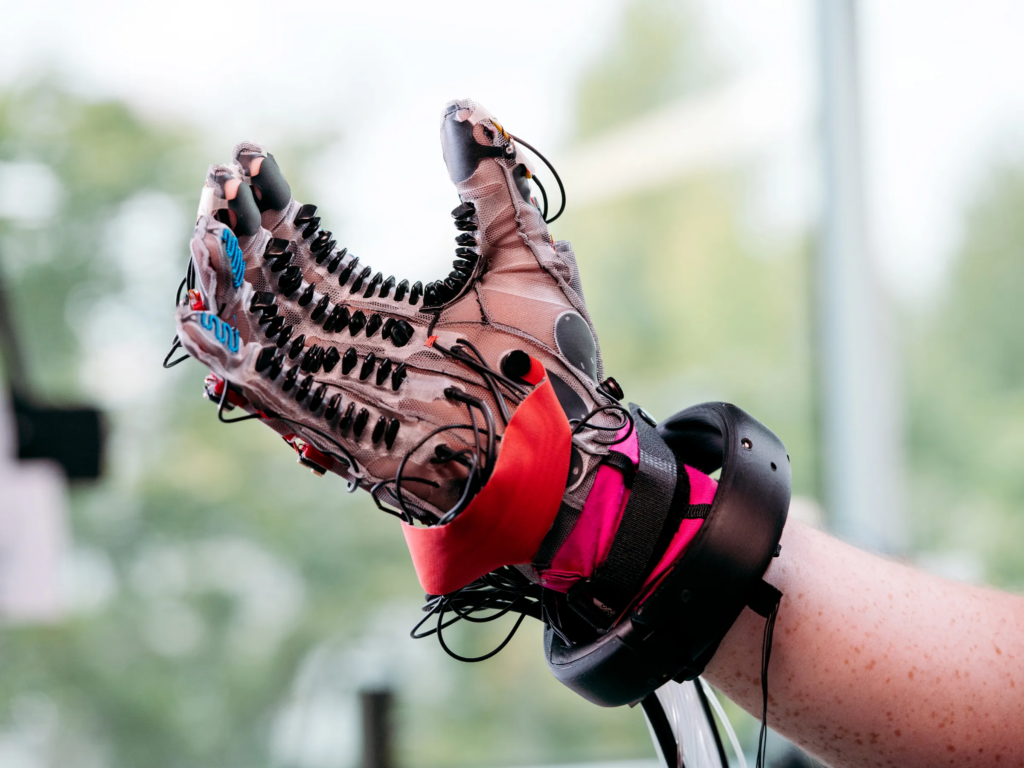What this blogpost is all about
Continuing the notion of my previous blogpost of understanding VR, AR, MR and XR along with their strengths and weaknesses, this post aims to also provide insight into the different problems one may be confronted with when designing for or engaging with these technologies on the regular and how to best solve them. At this point, it is necessary to mention already, that, while this blogpost will provide a broad overview about the different challenges one may face along with some possible solutions, it is in no way a complete guide yet, as my research into this topic is still ongoing and thus, incomplete.
Discomfort, accessibility and other challenges
To provide a widely accessible, engaging and also comfortable and immersive experience it is important to address a multitude of issues that the user may experience, when engaging with VR, AR or MR. By being aware of said issues as well as their implications to the experience and how to solve them, a much more complex and immersive experience can be created.
Motion sickness and other discomforts
Extended exposure to virtual environments, be it via VR, AR or MR, can lead to a wide variety of discomforts, when not handled and prepared for accordingly.
Simulator sickness, which is a special type of motion sickness, occurs, when our visual and vestibular system receive conflicting information. This can happen, for example, when the visual display or overlayed displayed object suggest rapid motion, but the user’s body senses no corresponding movement. The resulting mismatch in information can lead to disorientation, nausea and discomfort.
Furthermore, extended exposure to close-up virtual objects or displays can leade to both eye strain and general fatigue, as the eye has to constantly strain to focus. This strain may be even increased, if the eye has to constantly focus on rapidly moving objects or re-focus due to overlays, interfaces or similar displayed objects moving back and forth or rapidly in and out of focus.
Last but not least, when switching between AR and VR – which may mainly occur when working with MR solutions – ,but also when switching between AR or VR and the real world, user’s may experience a short bout of spatial disorientation. This may happen, when the transition between the virtual and the real environment is either to abrupt or not enough spatial clues are present in either the virtual or the real environment for the user to orient themselves. This can then cause disorientation, dizziness or short emotional distress.
Accessibility and impairments
Another thing to consider when dealing with artificial environments is accessibility for people with certain sensibilities or impairments. To create an inclusive and immersive experience, a number of challenges have to be considered.
As VR and AR experiences currently heavily rely on visual elements and their space cues, it is very easy to exclude users with visual impairments. Whether it be complete blindness, colour blindness or other similar disabilities, a number of things needs to be considered to make the experience as inclusive as possible.
In a similar vain, people with auditory, cognitive or motor impairments may have trouble interacting with the created environment as well. Be it challenging motion-based inputs, complex interfaces, information overload or lack of adaptability, users may find an interaction to be needlessly challenging for them and thus feel excluded from the experience, unless ample consideration is given.
This, of course, is also true for users with special sensory sensitivities, such as to bright lights, loud sounds or intense vibrations.
As such, accessibility needs to always be considered when designing in and for such environments.
Possible solutions and their integration
These considerations may seem challenging and / or limiting at first, however, they can also be understood as a chance to create a more immersive, comfortable and holistic experience for the user. When designing virtual environments, it is important to constantly question oneself, whether or not ample consideration for the described challenges has been given and remember some of the solutions described below.
Comfort and customisation
To increase the user’s long-time immersion, and comfort while doing so, a number of small changes and customisation choices can already make a huge difference.
One such change is in how the software is structured in the first place. To give an example, by including different options to adjust volume or brightness of the headset, but also providing different levels of haptic feedback, the whole experience can be customised to fit people of different sensibilities. In the same vein, allowing for the adjustment of the displayed colours or sounds or adding audio descriptive elements can also provide more inclusivity for people with auditory or visual impairments. Following this approach, the chance of motion sickness occuring can also be decreased, by allowing the user to choose settings such as movement speed, field of view and add comfort vignettes, that allow the user to find settings, that minimise their overall discomfort when being exposed to VR or MR environments for an extended amount of time.

HaptX haptic feedback gloves

Sony’s accessability controller, compatible with the new PS5 and PS VR
Another way to increase comfort would be by making adjustments to the hardware and how the user may engage with it. Using headsets with reduced latency or the currently trending inside-out tracking, for example, can both reduce motion sickness by boosting the sense of being present within the current environment and also reduce the weight and thus discomfort the user is exposed to long-term while interacting with the digital environment, be it AR, VR or MR. Similarly, combining modern headsets with custom accessibility controllers or even haptic feedback gloves, a variety of different modes of interaction can be provided, that could potentially lead to a more inclusive environment. A few solutions hereby would be tracking gestures of different body parts and allowing for gesture or voice controls as alternative input methods for people unable to use more conventional controllers or adjusting the haptic feedback to provide more or less information depending on the user’s other sensory capabilities.
Control and adaptability
To conclude the described solutions, providing the user with a maximum amount of control, thus allowing them to adapt the experience to fit their specific needs, can greatly boost both inclusivity and immersion. This may seem like an obvious conclusion, at a glance, but the fact that there is still new technologies and ways being developed to create an even better immersive experience for the wide variety of user needs hints at the opposite. As such, it is paramount to always consider your targeted end user while developing and frequently question yourself not only how to best experience a created environment, but also the challenges some users may face when doing so and to react accordingly.
Next steps:
- Look into immersive environments and how to create then
- Check methods of engagement and interaction within these digital environments
- Research into immersion and storytelling
- Look into interactivity in VR, AR and MR
- Check interaction solutions for VR, AR and MR
Sources:
1. Creed, C., Al-Kalbani, M., Theil, A. et al. Inclusive AR/VR: accessibility barriers for immersive technologies. Univ Access Inf Soc (2023). https://doi.org/10.1007/s10209-023-00969-0 online in: https://arxiv.org/ftp/arxiv/papers/2304/2304.13465.pdf [08.02.2024].
2. n.A.: Why VR (& VR Headsets) Can Cause Serious Eye Strain & Pain, in: NVision, 2023, https://www.nvisioncenters.com/education/vr-and-eye-strain/, online in: https://www.nvisioncenters.com/ [08.02.2024].
3. n.A.: XR Today’s Guide to Stopping VR Motion Sickness, in: XR Today, 2023, https://www.xrtoday.com/mixed-reality/xr-todays-guide-to-stopping-vr-motion-sickness/, online in: https://www.xrtoday.com/ [08.02.2024].
4. n.a.: VR Design Principles, online in: https://viro-community.readme.io/docs/vr-design-principles [08.02.2024].


